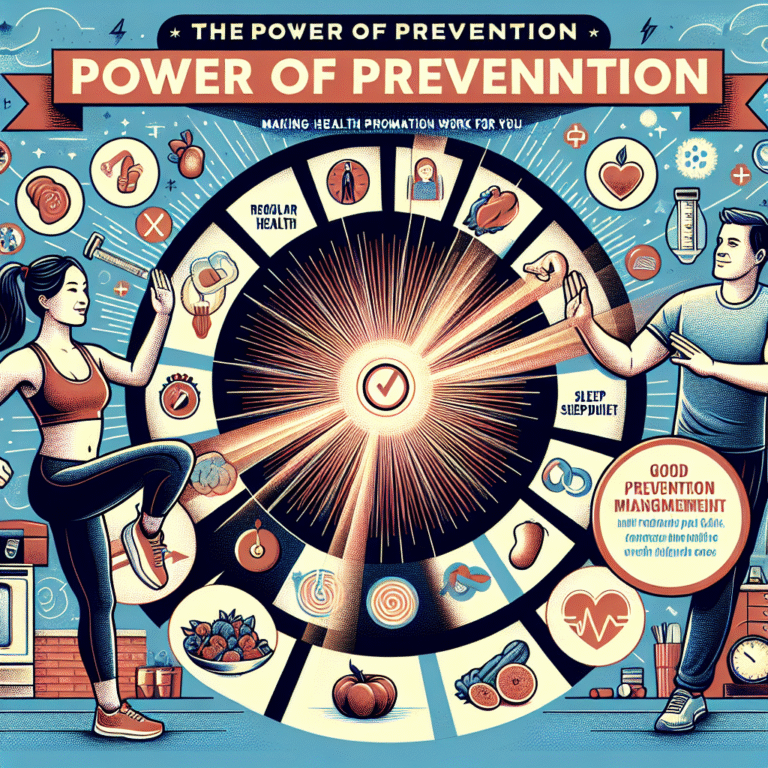
Introduction: Finding Harmony in a Chaotic World
In today’s fast-paced environment, the term "work-life balance" resonates with virtually everyone. As interpersonal relationships, family time, and personal ambitions often clash with professional responsibilities, achieving a harmonious work-life balance has become an uphill battle for many. This article will delve into effective strategies and offers unique insights that reward both personal and professional fulfilment while minimizing stress. It’s not just about surviving the demands of life, but thriving within them.
Understanding Work-Life Balance
Defining the Concept
Work-life balance refers to the equilibrium between personal life and professional responsibilities. When imbalanced, one aspect tends to overshadow the other, leading to increased stress, anxiety, and burnout. Striking that balance isn’t merely a luxury; it is a necessity for long-term well-being.
The Consequences of Imbalance
The consequences of neglecting work-life balance can be dire. Stress is often cited as a silent killer, contributing to anxiety, depression, substance abuse, and even physical ailments such as heart disease. A study conducted by the American Psychological Association revealed that long work hours contribute to heightened stress levels and decreased overall well-being.
Effective Tips for Managing Stress
1. Prioritize Time Management
Time management is crucial for maintaining work-life balance. Consider using techniques like the Pomodoro Technique, which advises focused work sessions followed by short breaks. Here’s a quick breakdown:
| Session | Duration |
|---|---|
| Work | 25 minutes |
| Break | 5 minutes |
| Long Break | 15-30 minutes |
By breaking your work into manageable sessions, you can enhance focus while allowing for essential breaks to recharge.
2. Set Boundaries
Establishing boundaries is vital for protecting your free time. When your workday ends, commit to disengaging from professional tasks. Whether it’s silencing email notifications or maintaining a strict "no work talk" rule at home, these boundaries facilitate a clearer separation that can ultimately reduce stress.
Case Study: Sarah, a marketing executive, struggled to detach from work obligations. After implementing a "no emails after 6 PM" rule, she reported improvements in her mental health and saw her productivity soar during work hours.
3. Practice Mindfulness and Meditation
Integrating mindfulness practices such as meditation can significantly reduce anxiety. Regular meditation can help center your thoughts, enabling you to respond calmly to stressful situations instead of reacting impulsively.
- Quick Mindfulness Exercise:
- Sit comfortably
- Close your eyes
- Focus on your breath for just five minutes
4. Incorporate Physical Activity
Engagement in regular physical activity doesn’t just benefit physical health; it also uplifts your mood and eases stress. A simple 30-minute walk can drastically improve your mental outlook.
| Activity | Duration | Benefits |
|---|---|---|
| Walking | 30 minutes | Mood Enhancement |
| Yoga | 1 hour | Flexibility & Stress Relief |
| Aerobics | 45 minutes | Endorphin Boost |
5. Maximize Quality Time with Family and Friends
Cultivating strong relationships has been shown to bolster emotional health. Dedicating even small increments of time each week to engage with loved ones significantly enriches life.
Tip: Consider scheduling a regular family dinner or a friends’ night in as a way to ensure you’re making time for important relationships.
Strengthening Your Support System
6. Seek Professional Help
If stress begins to overwhelm you, don’t hesitate to call upon professionals. Therapists and life coaches can provide tailored strategies that effectively address your unique situation.
7. Build a Strong Workplace Support System
Creating connections with colleagues fosters a support network that can assist in buffering stress. Consider initiating team-building activities that promote camaraderie and support emotional resilience among coworkers.
Case Study: A technology firm implemented a peer mentorship program. Employees felt more supported and reported decreased levels of anxiety and increased job satisfaction.
Making Work-Life Balance a Priority
8. Embrace Flexibility
Flexible work hours and remote employment options make it easier to balance life’s demands. Strive to discuss alternative work schedules with your employer, potentially leading to better work-life equilibrium.
9. Invest in Self-Care
Regular self-care is paramount for sustaining energy levels. Whether it is indulging in hobbies or dedicating time to simply relax, invest in activities that replenish your spirit.
| Self-Care Activity | Frequency |
|---|---|
| Reading | Daily |
| Nature Walk | Weekly |
| Spa Day | Monthly |
Long-Term Strategies for Sustainable Balance
10. Regularly Reassess Your Life Goals
Your priorities will evolve, necessitating regular check-ins to ensure alignment with your goals. Take time to reflect: are you living a life that is meaningful to you? Adjustments may be required to align with your evolving aspirations.
11. Implement Digital Detoxes
Unplugging from technology, even for short durations, can rejuvenate your mental well-being. Consider "tech-free" nights as a way to promote deeper connections with family and friends.
Example Strategy: Designate one night a week when all devices are set aside. Use this time for board games, reading, or engaging in discussions.
Conclusion: Your Path to Harmony
In navigating today’s demanding world, mastering the art of work-life balance can feel like a daunting task. However, by implementing the tips outlined in this guide, you can not only manage stress effectively but also foster a fulfilling and enriching life. Remember, achieving equilibrium takes conscious effort, but the rewards—enhanced personal satisfaction, improved relationships, and a more positive work environment—are well worth it.
FAQs About Work-Life Balance
What is work-life balance?
Work-life balance refers to the equilibrium between professional duties and personal life, enabling individuals to manage their time effectively to reduce stress.Why is work-life balance important?
It’s essential for maintaining mental health, physical well-being, and overall happiness, helping to mitigate the risks of stress-related illnesses.How can I set boundaries at work?
Clear communication about your availability and setting specific work hours can help in establishing boundaries effectively.What are some quick stress relief techniques?
Techniques include deep breathing exercises, short walks, or quick mindfulness sessions, which can help to quickly alleviate stress.- When should I seek professional help for stress management?
If stress begins to interfere with daily functioning or leads to overwhelming anxiety, it’s advisable to consult a mental health professional for tailored guidance.
By taking actionable steps today, you can take significant strides toward achieving a harmonious work-life balance, fulfilling both your professional ambitions and personal dreams.















